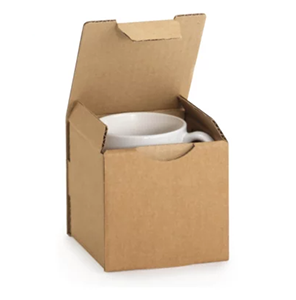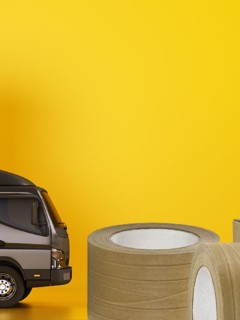They often form a kind of pivotal point between the private and the professional world: the wardrobe or locker. Civilian clothes and valuables in; uniforms, work aprons, sportswear or safety shoes out. Ideal for storing (work) clothes and personal belongings.
Wherever many people come together, they perform their service inconspicuously and patiently. In industrial plants and schools, at the fire brigade, large bakeries and the German armed forces, in swimming pools and fitness studios.
Made of extremely sturdy and resistant plastic and lockable either with a cylinder lock or a combination padlock, the lockers are also a perfect secret keeper.
What a locker must do
Plastic lockers: hard-wearing and flexible!
In practice, lockers usually house everyday items. They can be found on building sites and factory floors, in schools and offices and in the office wherever privacy is to be created. Particularly practical: the building block principle! New employees? Add a locker. Fewer pupils? Lockers gone.
Due to their low weight, plastic lockers can also be “moved” within the company. This is particularly interesting for construction sites. Once the construction site is finished, you can simply dismantle the lockers (including their contents) and reassemble them somewhere else.
Storage made easy
With the lockers, you put together your storage system individually and according to your needs. The plastic lockers are available in different sizes and colours. Thanks to their uniform footprint, they can be combined endlessly and extended upwards or to the sides at any time. This is possible thanks to the “fit-in system” and marked fastening points. Mounting on walls is also child’s play. So you can arrange the cupboards in the way that suits you best.
The hinged doors are fitted with extra-strong hinges and a standard rotary bolt lock and have a door opening angle of 150°. This makes it easy to store clothes, materials or other items and to remove them again without the door getting in the way.
Optionally available: additional shelves that create even more storage space and order in the locker.
Ideal material texture, also for outdoor use: plastic
Especially on the construction site or in manufacturing, things can get “dirty” from time to time with work shoes and work clothes. Uncomplicated cleaning is therefore a must:
The plastic lockers are water-resistant, rust- and corrosion-free and have drainage holes. This means that cleaning with a high-pressure cleaner is no problem. The small colourful cube can also withstand acids or alkalis.
Another advantage: because of the extremely weather-resistant and hard-wearing plastic, the lockers can also be used in (protected) outdoor areas. Not least relevant where space is limited or the development of odours from worn work clothes is undesirable…
Open locker system or lockable compartments?
A question of taste. In large, public spaces like the workplace, it is important to know that personal valuables are in good hands. But some people find it too much of a nuisance to have to have the key ready every time they access the locker or to remember the required numerical code. With the flexible modular principle, everyone can decide for themselves whether and how to secure their locker. Simply order a combination padlock or a cylinder lock!
And if your colleague now starts securing his/her locker in the run-up to Christmas of all times, this can mean two things:
Either he wants to surprise you with a gift at Christmas or he doesn’t want to share the homemade fruit loaf with you.
And after use? Recycle!
Even if the plastic lockers are no longer usable, they still have value. They are fully recyclable and can therefore be fed into the circular economy.
https://www.rajapack.de/verpackungsnews/recycling-als-ressource/















